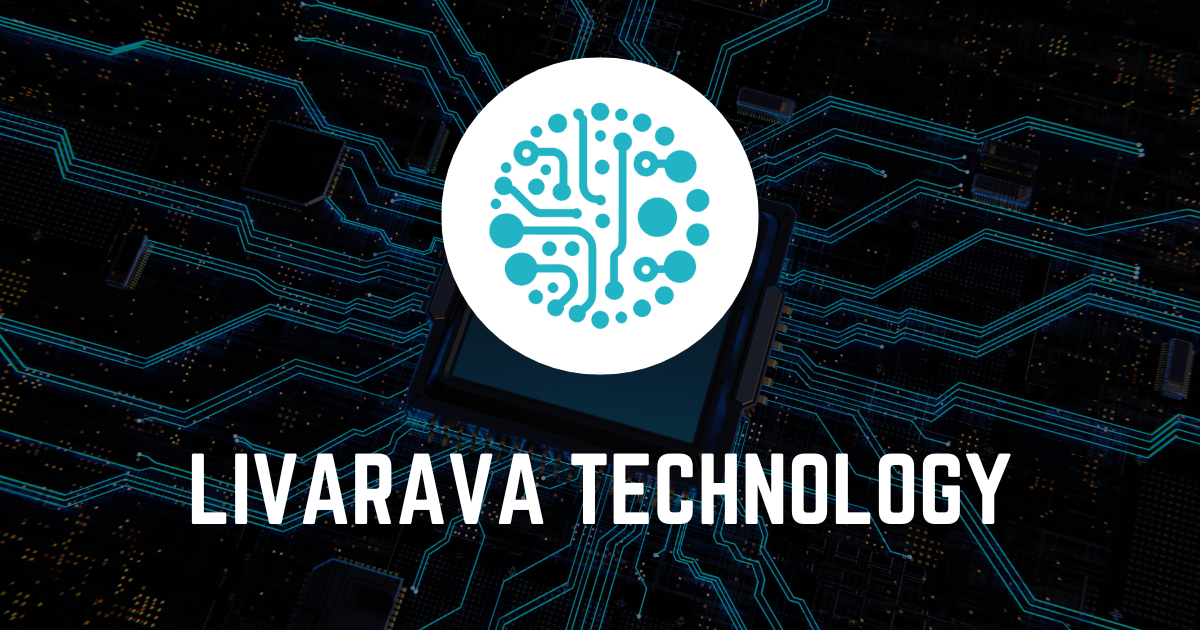Facial Recognition Leads to Identification of 40 Suspects in Harehills Incident

Facial Recognition and Its Role in Law Enforcement
In a recent incident in Harehills, police identified 40 suspects through facial recognition technology. This marks a crucial step in addressing the disorder that affected the community.
Key Points
- Advanced Technology: Facial recognition has proven effective in identifying individuals involved in criminal activities.
- Privacy Concerns: The technology's use raises questions regarding individual rights.
- Ongoing Investigations: Law enforcement continues to utilize facial recognition in various cases.
Conclusion
The deployment of facial recognition technology in combatting crime has demonstrated its potential benefits, yet it also necessitates a serious discussion about privacy and ethical considerations in contemporary policing.
This article was prepared using information from open sources in accordance with the principles of Ethical Policy. The editorial team is not responsible for absolute accuracy, as it relies on data from the sources referenced.